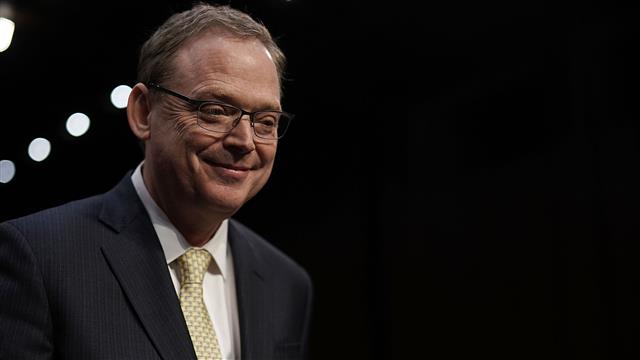By: The Editorial Board – wsj.com –
Kevin Hassett was right about growth in 2018. Larry Summers wasn’t.
The American economy is a tremendous engine of prosperity when politicians get out of the way, and for proof look no further than Thursday’s report on fourth-quarter growth. It’s clearer than ever that business investment has rescued the U.S. economy by shifting into a higher gear. Tax reform and deregulation, take a bow.
Growth in the fourth quarter came in higher than expected at 2.6% after a December financial-market scare, and the internals were better than the top line. Consumer spending declined a bit but was still strong. Growth from government spending was negligible—so much for claims of a deficit-led boom in “demand.”
The best news was business investment, which contributed 0.69-percentage points to GDP growth. This is even better than it looks because housing subtracted 0.14. Housing has now been flat or worse for most of the last two years, but that may be a silver lining.
This means the expansion isn’t marked now by ever-rising housing prices, which means growth hasn’t been driven by unsustainable home building. If interest rates don’t keep rising, and assuming the labor market stays strong, the housing market should return to modest growth.
Nonresidential business investment leads to healthier growth by increasing production and labor productivity. Wage gains follow, and the expansion is able to build on itself. The savings rate increased in the fourth quarter.
The nearby table shows the growth and investment trend over the last three years. Housing and consumer spending helped the economy dodge recession in 2016, but the expansion was tired and needed a lift from capital investment. That arrived in 2017, helping to offset a housing drop-off, and accelerating into 2018 when housing growth was negative.
So what changed in 2017? Well, there was that change of Administration that brought a major policy shift—specifically, an end to willy-nilly regulation and harassment of business. Deregulation reduced the political uncertainty that had caused businesses to delay or reduce investment.
Tax reform arrived in 2018, removing the roadblock of the highest corporate tax rate in the world and inviting companies to repatriate profits held abroad. Investment picked up almost exactly as chief White House economist Kevin Hassett predicted it would. He predicted growth for the year would rise by 3.1% in 2018 on a fourth-quarter to fourth-quarter basis, and growth came in exactly at 3.1%.
Mr. Hassett made these predictions in the heat of the 2017 tax reform debate and was ridiculed by progressive economists. One quote that doesn’t age well came from Larry Summers, the former Barack Obama adviser, who wrote in the Washington Post that tax reform would make no difference unless “you believe in tooth fairies and ludicrous supply-side economics.”
When Mr. Hassett pushed back to defend the tax proposal, Mr. Summers said, “I am proudly guilty of asserting that it is some combination of dishonest, incompetent and absurd.” There are other redolent quotes, but we’re compassionate conservatives.
Modern Keynesians have somehow come to believe that tax rates and regulatory bottlenecks don’t matter to growth. This gives economists like Mr. Hassett an advantage as policy makers because they look both at economic demand and the supply created by more investment and work.
Donald Trump’s tariff policies continue to be a risk to investment and growth, and the Federal Reserve is a wild card. But the evidence of the last two years is that deregulation and tax reform spurred private capital investment exactly when a long-in-the-tooth expansion needed it to avoid recession.
To see this article, click read more.
Source: Thank You, Tax Reform – WSJ
 Listen Online
Listen Online Watch Online
Watch Online Find a Station in Your Area
Find a Station in Your Area







 Listen Now
Listen Now Watch Online
Watch Online
